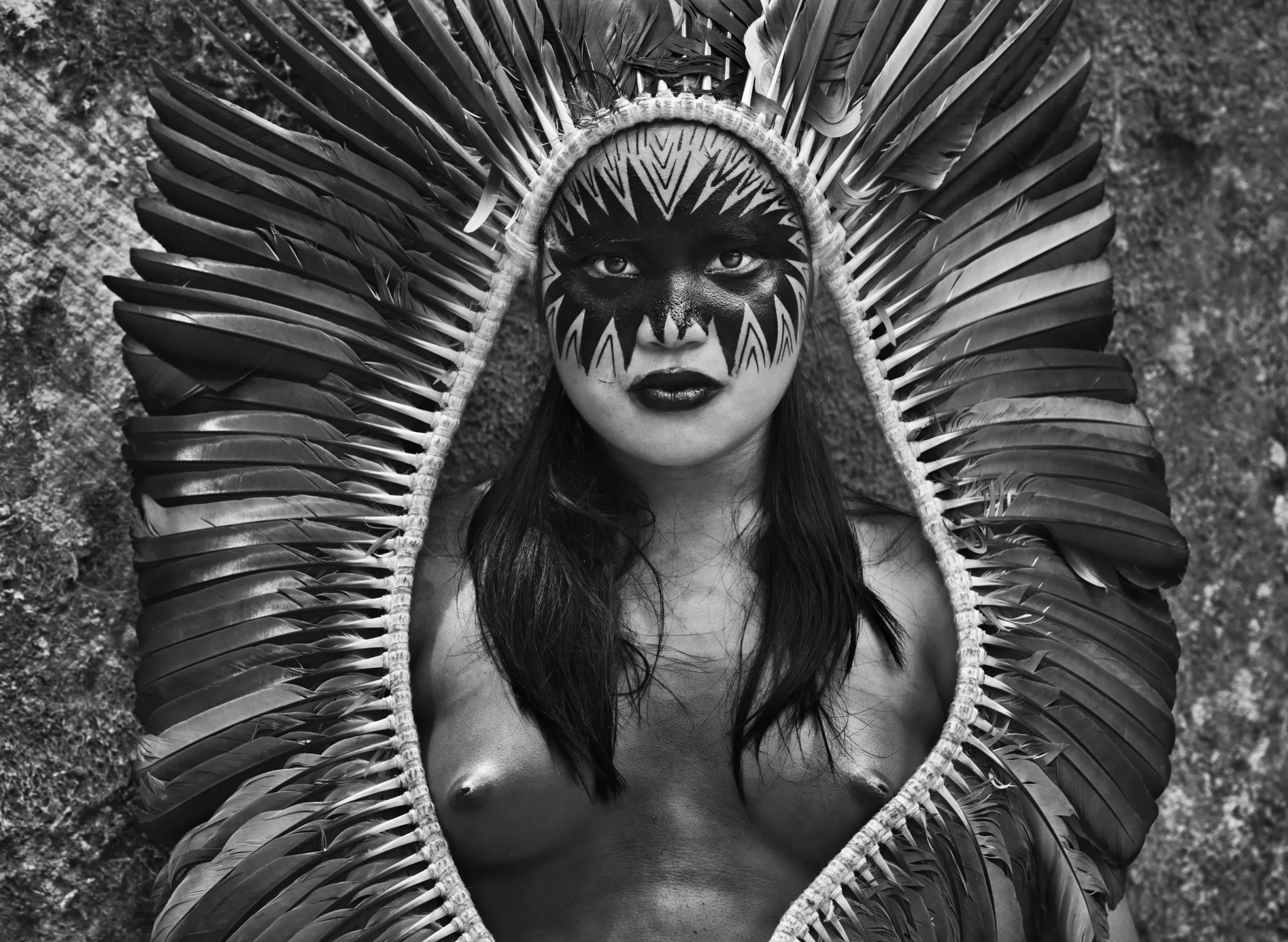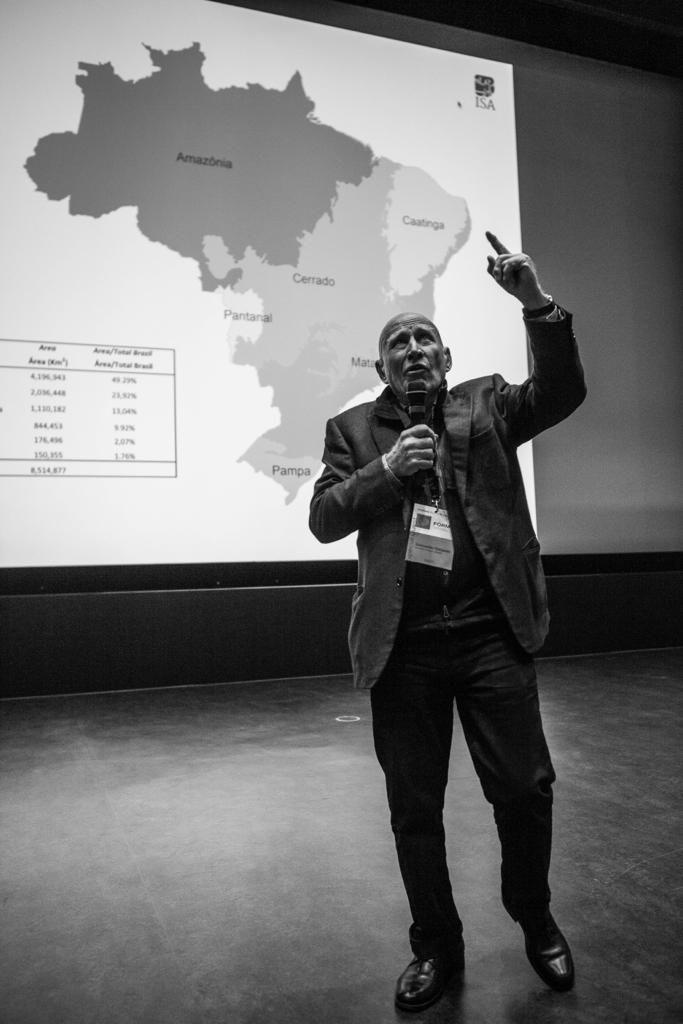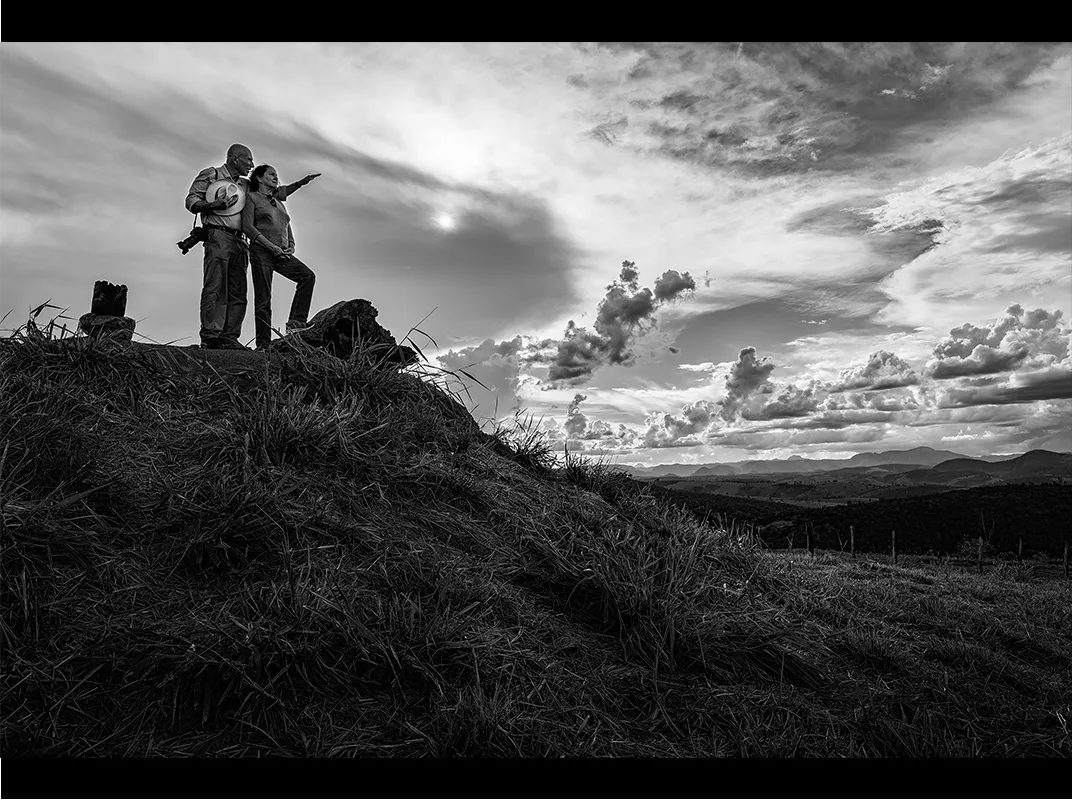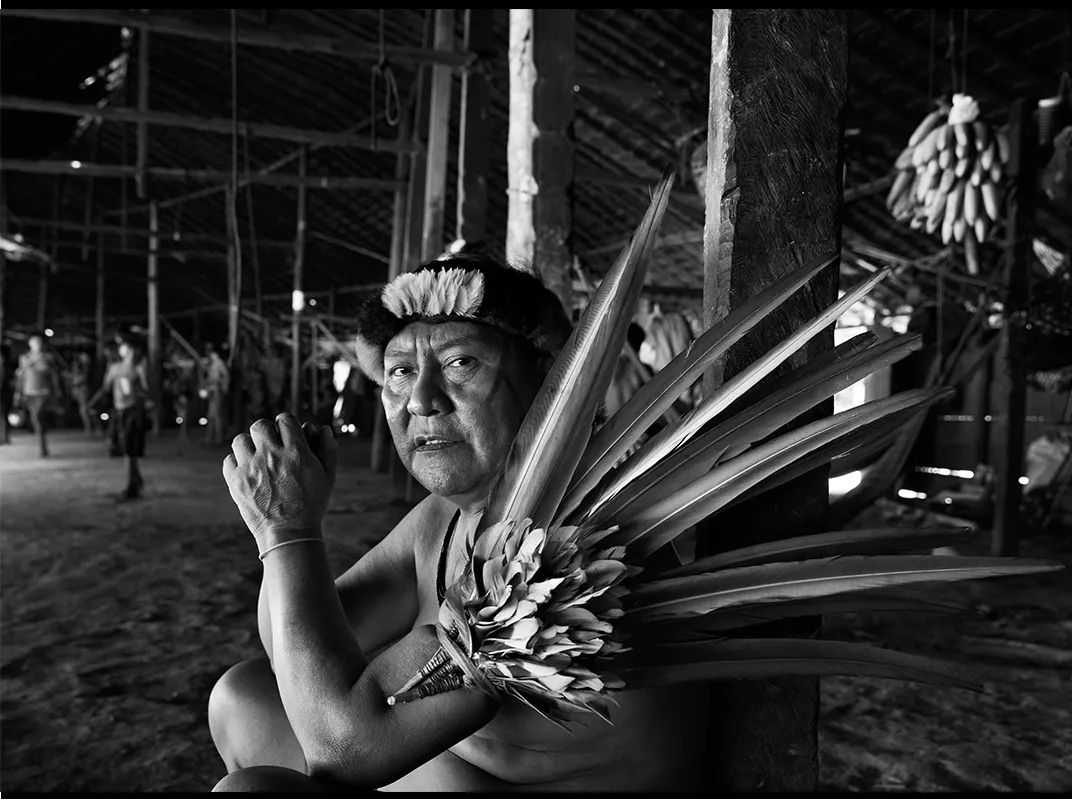
03 Aug The Genesis of Faith: How Sebastião Salgado Taught Us That All Futures Are Still Possible
There was something almost mystical about the way Sebastião Salgado held his camera. Not like a tool, but like a prayer, an instrument of communion between the seen and unseen worlds that shaped our collective humanity. When our friend, the legendary Brazilian photographer, died on May 23rd at 81 from leukemia, a complication from malaria contracted in Indonesia during his Genesis project, the world lost not just a documenter of our times but a prophet of possibility—a man who spent five decades proving that even in our darkest moments, all futures are still possible.

Yawanawá, State of Acre, Brazil, 2016 (gelatin silver print), from Amazônia series. © Sebastião Salgado
Born February 8, 1944, in Aimorés, Brazil, Sebastião Ribeiro Salgado studied economics at the University of São Paulo, earning a master’s degree in 1968. While working as an economist for the Ministry of Finance, he joined the popular movement against Brazil’s military government. Seen as a political radical, he was exiled in August 1969 and fled to France with his wife, where he continued his studies at the University of Paris and earned a PhD in economics in 1971. While working for the International Coffee Organization in London, he made frequent trips to Africa where he first began taking photographs seriously. By 1973, he had left economics entirely to become a freelance photographer, initially working with agencies Sygma and Gamma before joining Magnum Photos in 1979. By the 1980s, his ambitious, self-funded projects had made him perhaps the most influential documentary photographer since Henri Cartier-Bresson. He would go on to receive the Peace Prize of the German Book Trade, be named a UNICEF Goodwill Ambassador, and win numerous awards, including the W. Eugene Smith Grant and the Royal Photographic Society’s Centenary Medal.
What made Salgado’s work break through to global audiences was his revolutionary approach to scale and narrative. His early work documenting famine in the Sahel region and workers across Latin America established his signature style, but his understanding that transformation requires total immersion changed everything. Workers (1986 to 1993) took seven years across continents. Migrations (1993 to 1999) consumed six years documenting 40 million displaced people. These were not simply photography projects—they were cultural phenomena that redefined documentary practice.
Salgado was the ultimate worldbuilder before the term even existed. Where others captured moments, he captured civilizations. Six years documenting migrants for Exodus, eight years in pristine wilderness for Genesis, seven years immersed in Amazônia. His breakthrough insight was simple yet profound: transformation requires total immersion. His exhibitions became pilgrimages, his books sacred objects, his gallery spaces places where the global elite confronted the consequences of systems they had helped to create.
Sebastião pioneered multimedia storytelling as environmental activism. His projects were not merely photography exhibitions but complete worlds, combining traveling shows, coffee-table books, educational programs, and direct funding for environmental restoration. His revolutionary 2022 NFT project Tree of Life with Sotheby’s, launched during a period of intense global criticism of digital assets, channeled all proceeds to Instituto Terra’s reforestation efforts. Art was literally planting trees, and technology was serving nature.

This holistic vision drew him to FORMS, a global network of futures-oriented museums spanning six continents. The initiative was spearheaded in 2019 by Brazil’s Museum of Tomorrow under Ricardo Piquet’s leadership, inspired by his daughter Marina’s disruptive insight during her master’s degree in museology: “What if museums made imagining possible futures their primary mission?” This was radical thinking in a field traditionally focused on preserving the past and interpreting the present.
Through FORMS, Sebastião recognized kindred spirits in our worldbuilding approach. Genesis 3.0—our platform weaving art, science, and regenerative economics—was invited into this community because of shared methodologies. Like Sebastião’s projects, Genesis 3.0 operates as a cultural ecosystem: digital art experiences combined with physical exhibitions and environmental action, where traveling installations fund regenerative projects, including his Instituto Terra.
When I first met him in Berlin in 2022 at Futurium through our FORMS festival, I held his warm hands as he spoke about the Amazon’s crisis. He was exhausted from launching his pioneering NFT project. I wept—not from the devastating beauty he showed us, but because he felt like my grandfather reborn. The same gentle face, the same eyes sparkling when speaking of nature’s majesty. My grandfather took me hiking through the Carpathian Mountains and taught me that our purpose is to leave this world more beautiful than we found it. Both men died of leukemia at similar ages. Writing this obituary, I mourn them both.
The parallels between his Genesis and ours felt guided by invisible threads. When I began developing Genesis 3.0, I had not yet discovered his work. But both projects revealed the same truth: genesis is always an inner journey before it becomes outer transformation. We were experiencing what Jung called synchronicity, the coinciding of events that suggest consciousness itself connects us across continents. As Aílton Krenak says, “The future is ancestral,” and all of us responding to this Genesis call, including Brazilian artist Denise Milan, were messengers receiving transmissions from tomorrow’s possible worlds.
For Salgado, that inner transformation was seismic. “I did eight years of trips, eight months a year. But the big trip was inside myself. I discovered that I am part of all this, part of the animals. We are part of everything alive on the planet.” This shattered his assumptions. “I thought I was part of the only rational species. That’s a big lie. Each species is deeply rational inside its own species.”

His greatest masterpiece was not captured in silver halide—it lived in soil. When he and Lélia inherited his family’s degraded ranch, “the land was as sick as I was—everything was destroyed. Only 0.5 percent was covered in trees.” Then came Lélia’s revelation: replant the forest. “When we began, all the insects and birds and fish returned and, thanks to this increase of trees, I too was reborn—this was the most important moment.”
Behind every frame was Lélia Wanick Salgado, his wife and creative partner of 61 years, the architect and set designer who transformed his vision into sacred gallery pilgrimages. Together they raised two sons: Juliano, now leading Instituto Terra, and Rodrigo, whose Down syndrome never dimmed his artistic spirit.
The numbers tell their story: 700 hectares of Atlantic Forest restored. 2.7 million trees planted. Living proof that destruction can be reversed, and that faith can regrow forests.
His journey from despair to faith represents photography’s most profound transformation. After witnessing Rwanda’s genocide, he said, “I did not believe in anything. I did not believe in the salvation of the human race. I had seen so much brutality.” But instead of surrendering to darkness, he chose illumination. “I thought the only way to give us incentive, to bring hope, is to show pictures of the pristine planet—to see the innocence.”
Yet Salgado faced criticism throughout his career. Critics accused him of aestheticizing suffering, creating an “aesthetic of misery.” His response was unwavering: “I never, I never, photograph the misery.” Instead, he photographed dignity in adversity, humanity’s resilience amid destruction. “Art is not decoration,” he declared. “Art is transformation.” This distinguished him from purely documentary approaches, positioning his work as a bridge between artistic beauty and social consciousness.
This made him more than a photographer. It made him a spiritual warrior, wielding beauty, empathy, and conviction that seeing clearly leads to acting rightly. His black-and-white images were not just aesthetic choices. They were moral statements, stripping away distraction to reveal essential truths about our shared humanity.

Yawanawá, State of Acre, Brazil, 2016 (gelatin silver print), from Amazônia series. © Sebastião Salgado
In his final months, while completing the Amazônia tour, he was working with us to co-create a platform for COP30—bringing together Brazilian artists and Indigenous communities for climate justice in his homeland. We were preparing to bring his Amazônia exhibition to the Museu das Amazônias, where our joint COP30 event will take place.
Sebastião Salgado believed every photograph contained infinite possibility, that every moment of true seeing could spark transformation. He spent his life helping us see clearly—beauty and brokenness, resilience and fragility, the invisible threads connecting every human story to life’s larger story.
He was cremated in Paris, but his final journey will be to the forests of Instituto Terra in Aimorés, where his ashes will be scattered among the 2.7 million trees he and Lélia planted. There, in the soil that was once as sick as he was, his essence will nourish the roots of tomorrow’s canopy. It is the perfect ending for a man who proved that death is not a conclusion but a transformation.
That story continues: in every tree growing at Instituto Terra, in every artist joining Genesis, in every museum becoming a portal to possible futures. My move to Brazil through Genesis 3.0 is not exile or escape—it is pilgrimage. Here, where Sebastião proved forests can be reborn, we prototype how human creativity and natural wisdom can dance together in holistic harmony.
In the end, perhaps that was always his greatest photograph—not any single image, but the entire composition of a life dedicated to proving that even in our darkest hour, transformation remains possible. All futures are still possible. Sebastião Salgado spent his life proving that. Now it is our turn to create them.
Written by Susanna Barla. Sebastião Salgado’s obituary, along with an edited version, is available for purchase and publication through The Art Newspaper.
